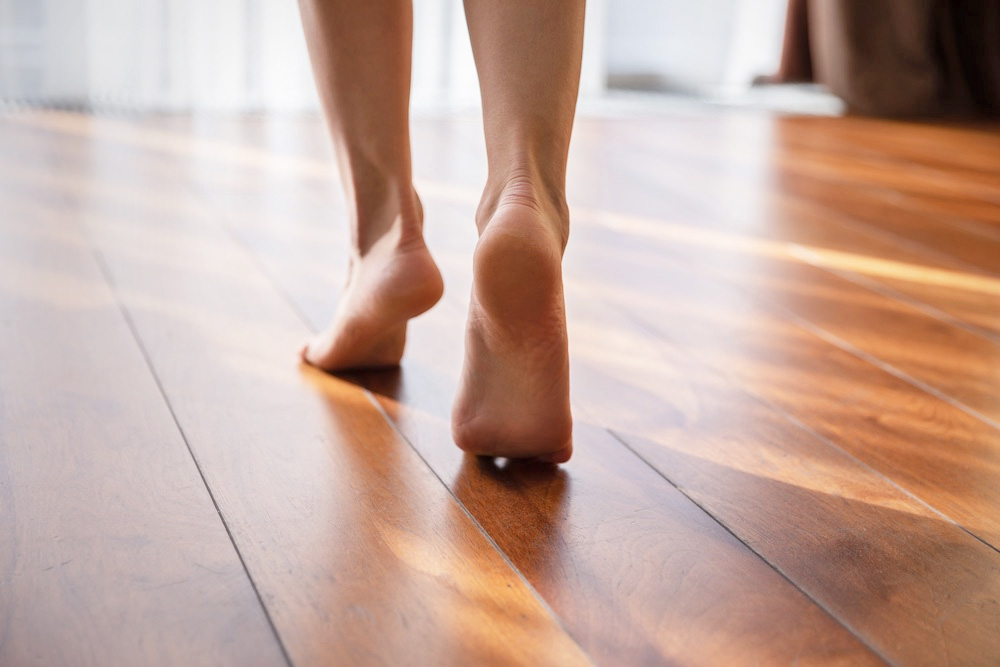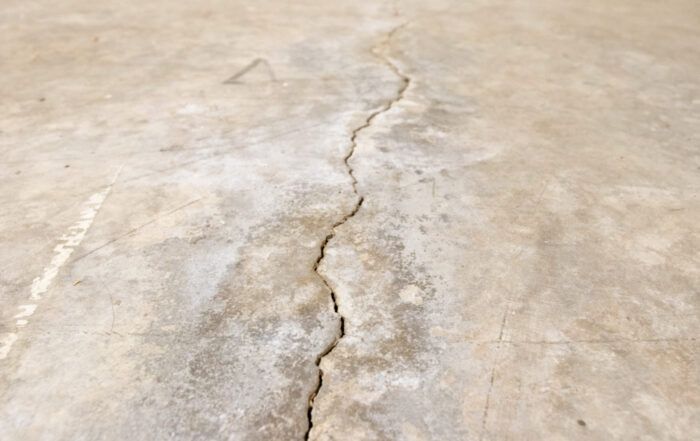Creaking Floors Could Mean Foundation Issues: What You Need to Know

You’re walking across your living room, minding your own business, when you hear it—the familiar creak beneath your feet. It’s almost like your house is trying to communicate with you. At first, you might brush it off as old wood or harmless noise, but what if that creak is more than just a nuisance? Could it be your house whispering that something is wrong with its foundation?
In this article, we’ll dive into why creaking floors might be a sign of foundation issues, how to tell when it’s time to call in a professional, and why it’s important to listen to what your floors are telling you.
What Causes Floors to Creak?
Let’s start with the basics. Floors creak for several reasons, and not all of them are sinister. Most homes will experience some level of creaking due to normal wear and tear, especially if your home is older. Here are some common culprits behind those spooky noises:
1. Loose Floorboards
Wood expands and contracts with changes in temperature and humidity. Over time, nails or screws holding your floorboards in place can loosen, allowing the boards to rub against each other and produce that familiar creaking sound.
2. Subfloor Issues
Your subfloor is the layer of material beneath your floor covering (whether it’s hardwood, carpet, or tile). If the subfloor is uneven or improperly installed, it can lead to creaking when weight is applied.
3. Temperature and Humidity Changes
Wood is sensitive to changes in moisture levels. During winter or summer, the wood in your floors may expand or contract as the indoor air becomes drier or more humid. This can cause floorboards to shift slightly, resulting in creaks and groans.
While these causes are generally harmless, they can become more severe when connected to a larger underlying problem—your home’s foundation.
Creaking Floors as a Sign of Foundation Problems
So, how can you tell if your creaky floors are just a natural part of homeownership or a signal that something bigger is at play? While creaky floors alone don’t always indicate foundation issues, they can be a clue when combined with other signs of foundation trouble.
1. Uneven Floors
If your floors are uneven or sloped, this could be a sign that the foundation is settling or shifting. When a foundation moves, it can cause the floors above it to warp or sink in certain areas. If you notice your floors are starting to feel like a roller coaster, it’s time to investigate.
2. Doors and Windows that Stick
Have you ever tried to close a door or window, only to find it doesn’t quite fit like it used to? This could be a result of your foundation settling unevenly. When the foundation moves, it can cause the walls and frames of your home to shift, making it harder to open and close doors and windows smoothly.
3. Cracks in Walls or Ceilings
Another red flag is cracks in your walls or ceilings. While small, hairline cracks are normal as homes settle over time, larger cracks—especially those that appear near windows, doors, or corners—could indicate a serious foundation issue. If these cracks appear alongside creaky floors, you might have a bigger problem on your hands.
Why a Faulty Foundation Causes Creaking Floors
When your foundation is damaged or compromised, it can cause stress on the structure of your home, including the floors. As the foundation shifts or settles unevenly, the pressure is transferred to the floors above. This pressure can cause the floorboards and subfloor to move, resulting in creaks, squeaks, and even more serious damage if left unchecked.
1. Foundation Settlement
One of the most common causes of foundation issues is settlement. Over time, the soil beneath your home can shift due to changes in moisture levels, erosion, or poor soil compaction during construction. When the foundation settles unevenly, it puts stress on your floors, walls, and other structural elements, leading to creaking and cracking.
2. Soil Movement
In some areas, expansive clay soil is a major culprit behind foundation problems. When clay soil becomes saturated with water, it expands; when it dries out, it contracts. This constant movement can wreak havoc on your home’s foundation, leading to issues like cracks, uneven floors, and—yes—creaky floorboards.
3. Water Damage
Water is one of the most destructive forces when it comes to your home’s foundation. Poor drainage, plumbing leaks, or heavy rains can cause water to seep into the soil beneath your foundation, weakening it over time. If water is allowed to accumulate around your home’s foundation, it can lead to soil erosion, cracks, and ultimately creaking floors as the foundation shifts.
What to Do If You Suspect Foundation Issues
If you’ve noticed creaking floors combined with other potential signs of foundation issues, it’s important not to ignore them. Foundation issues rarely fix themselves and can worsen over time, leading to costly repairs if left unchecked.
1. Conduct a DIY Inspection
Before calling in the professionals, you can do a preliminary inspection yourself. Walk around your home and check for signs of foundation damage, including:
- Cracks in walls, ceilings, or floors
- Uneven or sloping floors
- Sticking doors or windows
- Gaps between walls and floors
If you notice any of these warning signs, it’s time to take action.
2. Call a Foundation Expert
A professional foundation repair company can assess the extent of the damage and recommend the best course of action. They may use advanced tools like laser levels, moisture meters, or even ground-penetrating radar to evaluate the condition of your foundation. Based on their findings, they’ll recommend a repair plan, which could range from minor adjustments to more extensive foundation stabilization.
3. Consider the Cost of Repairs
Foundation repair costs can vary widely depending on the severity of the damage and the method used for repair. In some cases, minor repairs like crack sealing or adding support beams may be sufficient. In more severe cases, foundation underpinning (lifting and stabilizing the foundation) may be necessary.
While foundation repairs can be expensive, addressing the problem early can save you money in the long run. Ignoring foundation issues will only lead to more extensive (and costly) damage down the road.
Preventing Foundation Issues
The best way to deal with foundation issues is to prevent them in the first place. Here are a few tips for keeping your foundation in good shape:
1. Maintain Proper Drainage
Ensure that water is draining away from your home by installing gutters, downspouts, and proper grading around your foundation. Water is the number one enemy of a solid foundation, so it’s crucial to keep it from pooling near your home.
2. Monitor Soil Moisture Levels
If you live in an area with expansive clay soil, try to maintain a consistent moisture level around your foundation. Water your foundation during dry periods to prevent the soil from contracting and pulling away from your home.
3. Fix Leaks Promptly
Don’t ignore plumbing leaks, as they can contribute to water damage around your foundation. Be vigilant about checking for signs of leaks and addressing them as soon as possible.
4. Conduct Regular Inspections
It’s a good idea to conduct regular foundation inspections or hire a professional to do so. Catching potential issues early can save you from more serious damage down the road.
Final Thoughts: Listen to Your Floors
Creaking floors might seem like a harmless quirk of your home, but they can also be a clue that something is amiss with your foundation. By paying attention to the signs, conducting routine inspections, and addressing any potential foundation problems early, you can protect your home from costly repairs and keep your floors creak-free.
So the next time you hear that familiar creak, don’t ignore it—your home might be trying to tell you something important!



